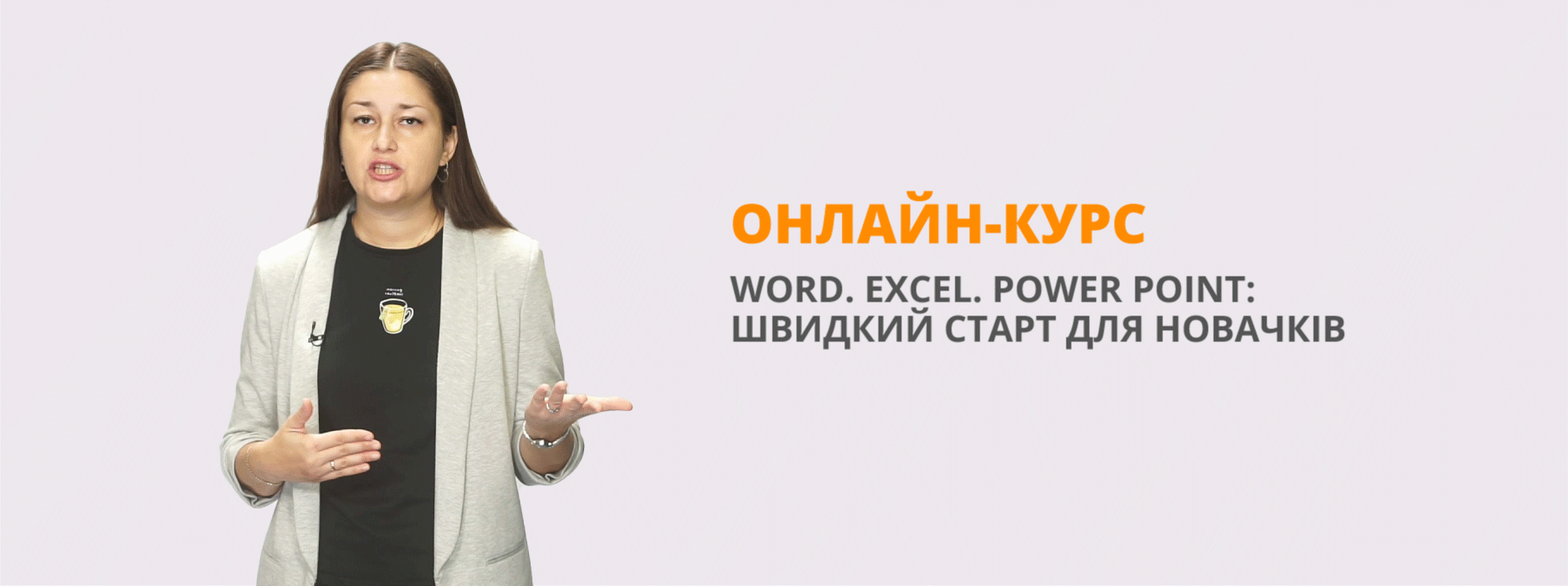Communication technologies
Тема: «Communication technologies»
Topic: “Communication technologies”
Aims:
- to revise words and phrases dealing with communication technologies;
- to develop reading and speaking skills
Aids: textbook, pictures, cards with additional tasks.
Procedure of the lesson
I. Organizational moment.
Teacher: Good morning, pupils! I am very glad to see you today. Take your sits and get ready for our lesson. How are you today? Who is absent today? What was your home work for today? Today we are going to continue learning the topic “Communication technologies” and I want you to improve your speaking and listening skills.
II. Lexical warming-up.
What means of communication do you know? How often do you use Internet? In what way mobile phones have changed our life?
III. Developing reading and speaking skills.
1 a) Make a list of ten inventions and decide on:
- the best invention
- the worst invention
- the most important invention to you in your daily life
b) Compare your list with a partner's one and discuss the results.
2. Look at the different uses of computers. Choose what do you like to use computers for. Add two more ideas.
1.send emails 3.do schoolwork 5.do shopping
2.write letters 4.surf the Web 6.play games
3.Read the article. Refer each paragraph (1-6) to its title.(A-F)
1. Computers have become a vital part of everyday life. You can find them in business, science, medicine and in schools, and perhaps even at home. A computer is an electronic machine which can be used to store, process and display data. There are many types of computer and among them are: a personal computer (or PC), which can be a desktop with a tower case or a desktop computer with a desktop case, a laptop (that is smaller than a desktop), a notebook (that is like a laptop but is smaller), a subnotebook (that is even smaller) and a handheld computer which is usually called a palmtop. There are embedded computers which are found inside other machines such as fridges and cars, for example.
2. A computer is just a machine but a computer system consists of two main elements: the machine and programmes, or hardware and software. 'Hardware' refers to the physical components of the system. These components are mechanical and electronic.
3. The central idea of a computing system is that input is processed into output. Input is data which is entered into the computer, and output is the result of processing done by the computer, usually printed out or displayed on the screen. Different computer systems can be called computer platforms.
4. The potential uses of computers are infinite1. We can mention some of the most common current uses of computers in everyday life: personal, educational and commercial.
5. People use the Internet to explore their personal hobbies and interests, to find information, to access goods and services, such as booking a holiday or a flight, ordering books and DVDs or doing their banking online. Computer users make contacts and keep in touch with people all over the world using email or Internet telephony, send photos to family and friends through email attachments. In the world of leisure, computer games and multimedia (audio or video) are very popular. Many Internet users actually add to the Internet by making their own homepages using HTML code, the language which allows to create web pages. Other users write and publish blogs. A blog is a website where a user creates and regularly updates a journal that reflects the views of the writer. Internet users may also enjoy making their own podcasts for others to download and enjoy photos, music and video.
6. In schools and universities students use wordprocessing programmes to write essays and projects, presentations and databases. The Internet is also an important educational tool, and is used in distance learning. Online learning is popular, it uses the Internet as a medium for instructions and educational development.
A)Different types of computer.
B)The main idea of computing system
C)Different ways of computer usage
D)Computer in education
E)Leisure time and computer services
F)Elements of computer system
4.Match the types of the computer with its description.
![]() 1.Desktop a)smaller than desktop
1.Desktop a)smaller than desktop
2.Laptop b)smaller than laptop
3.Notebook c)a personal computer with tower case
4.Subnotebook d)handheld computer
5.Palmtop e) the types of the computer, which is smaller than notebook
5.Group up the devices in the box into 2 columns. Explain your choice.
|
|
output devices |
|
|
|

6.Work in pairs. Take turns asking and answering the questions.
- Do you have a computer?
- Are you a computer wizard?
- How much time do you spend at your computer?
- Do you have access to the Internet?
7.Work in pairs. Share your experience of the Internet use. Mention the following items and add more.
- online shopping
- playing games
- sending email
- joining chat groups
- finding information
8. Share about favourite Websites and explain why like them. Use the phrases in box.
![]()
![]()
![]()
- contain texts and sound files;
- well-decorated page;
- to click on ”live” areas on the page;
- to go to a new screen easily;
- offer latest news/travel information, etc.
![]()
IV. Homework.
To make list of the most popular Websites among the youth. Revise words from the active vocabulary and be ready for word dictation.
V. Summing up the lesson.
What do you consider to be the best inventions for the last decade? What is your attitude to the technology progress? Do you often use Internet? I`m very satisfied with your work and you`ll get high mark. Thank you for your work. Good bye!

про публікацію авторської розробки
Додати розробку
